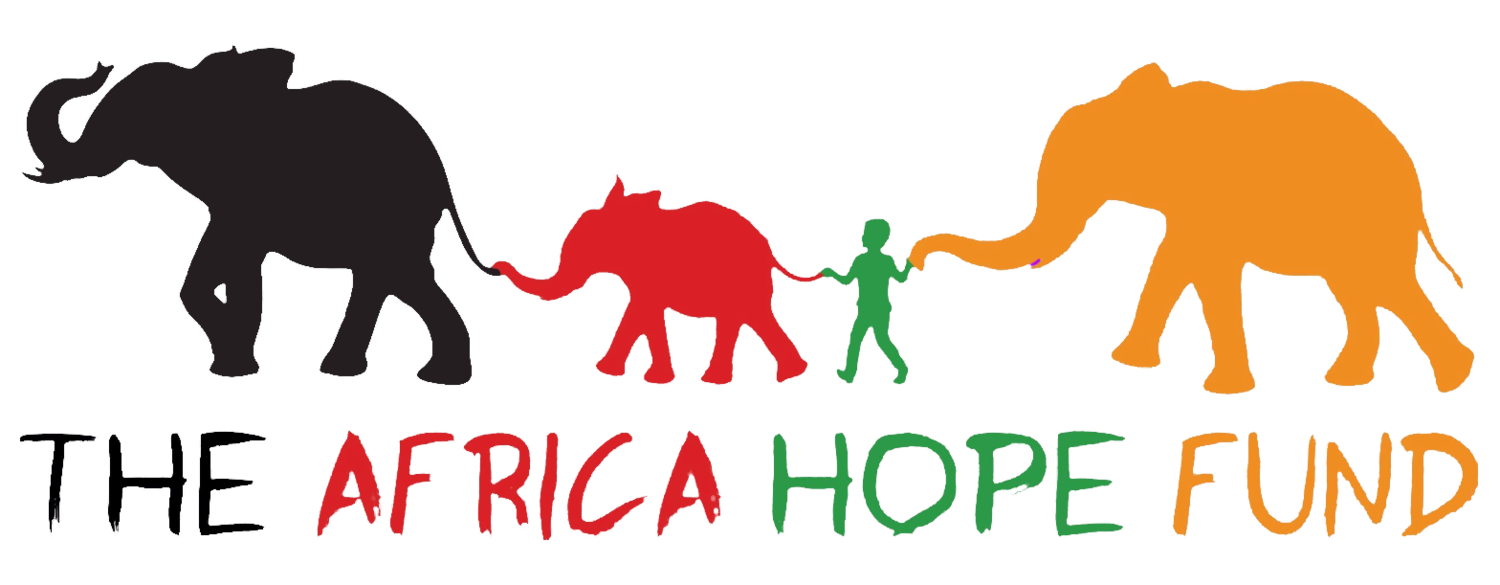More A Parade Of Elephants
Our guide said he’d never seen this before. A parade of 40-50 elephants walking two to three abreast in a long line. Males and females, calves and babies, aunts, cousins, including magnficient mature elephants with huge tusks. They looked like photos I’ve seen of the old days when herds or clans this size made their migratory treks throughout Africa. Thank you. This is proof that the programs you support through Africa Hope Fund in Africa, especially Conservation South Luangwa and the Zambia Carnivore Programme are working. This is our logo in action.
On our last safari trip in June, we saw many magnificent small groupings of elephants, and we were thrilled to see that several of them had amazing tusks. Tusks like the ones mankind sought for carving, jewelry, trinkets, and other embellishments for centuries. Tusks that bring big dollars in for illegal wildlife trade while paying local poachers very little.
But this sight made us hold our breath. The elephants were far away on the other side of a large meadow of tall, yellow, dry grass, making it hard to get a clear view, but we kept counting. First we thought there were twenty or so. They kept coming. More than 30. More than 40. Probably close to 50 elephants traveling together. It was hard to count because they blended in so well, and they were not close. It was like a mirage.
We knew this was unqiue. We learned there was a small seismic incident earlier in Mfuwe Village on the other side of the river from the national park. Our guide said the elephants likely picked up the vibrations through their feet and gathered together to move as quickly as they could away from the direction of the tremors. They were headed away from the village. We knew they communicated from all over the park to gather at one place to evacuate together through vibrations from their throats and chests that travel down their legs into the ground and are picked up by other elephants through their sensitive feet and read as African Email. “Meet us by the large baobob tree right away, we’re leaving the area.” And they all gathered together coming from different parts of the bush and arriving at the same time.
On the other days we went into the bush, I saw the usual smaller herds. But I also noticed larger elephants with bigger tusks than I saw five years ago. Either they felt safer in the open because they were protected, or they there are more elephants growing to maturity. Your donations at our Safari on the River (http://www.safariontheriver.com) helped provide highly successful detection dogs and helped train their handlers to find contraband ivory and other illegal game. Poachers know they are more likely to be caught, and the word is out. The South Luangwa National Park is one of the few parks whose elephant numbers are actually increasing slightly. Your support also helps pay for air patrols and teams of scouts who go out into the bush in the heat and rain to protect wildlife.
And with your help, we will continue to help people like Rachel McCobb, CEO of Conservation South Luangwa who will be with us in September. Your support means elephants and other wildlife in the South Luangwa Valley and other places in Africa can thrive. Together, we can stop the march toward extinction of these magnificent sentient beings.
Written by Patricia Cole
An Africa Hope Fund board member for 7 years, Pat is a writer and a conservation activist. After traveling to Zambia, she became dedicated to helping Africa Hope Fund provide education to the next generation of Africans and ensure their future by protecting wildlife. Find Patricia on Facebook and Twitter, or on her websites www.writepatwrite.com and www.patmcole.com.
Enjoy reading this Elephant Blog post? Help support our future posts by becoming a Patreon supporter!

